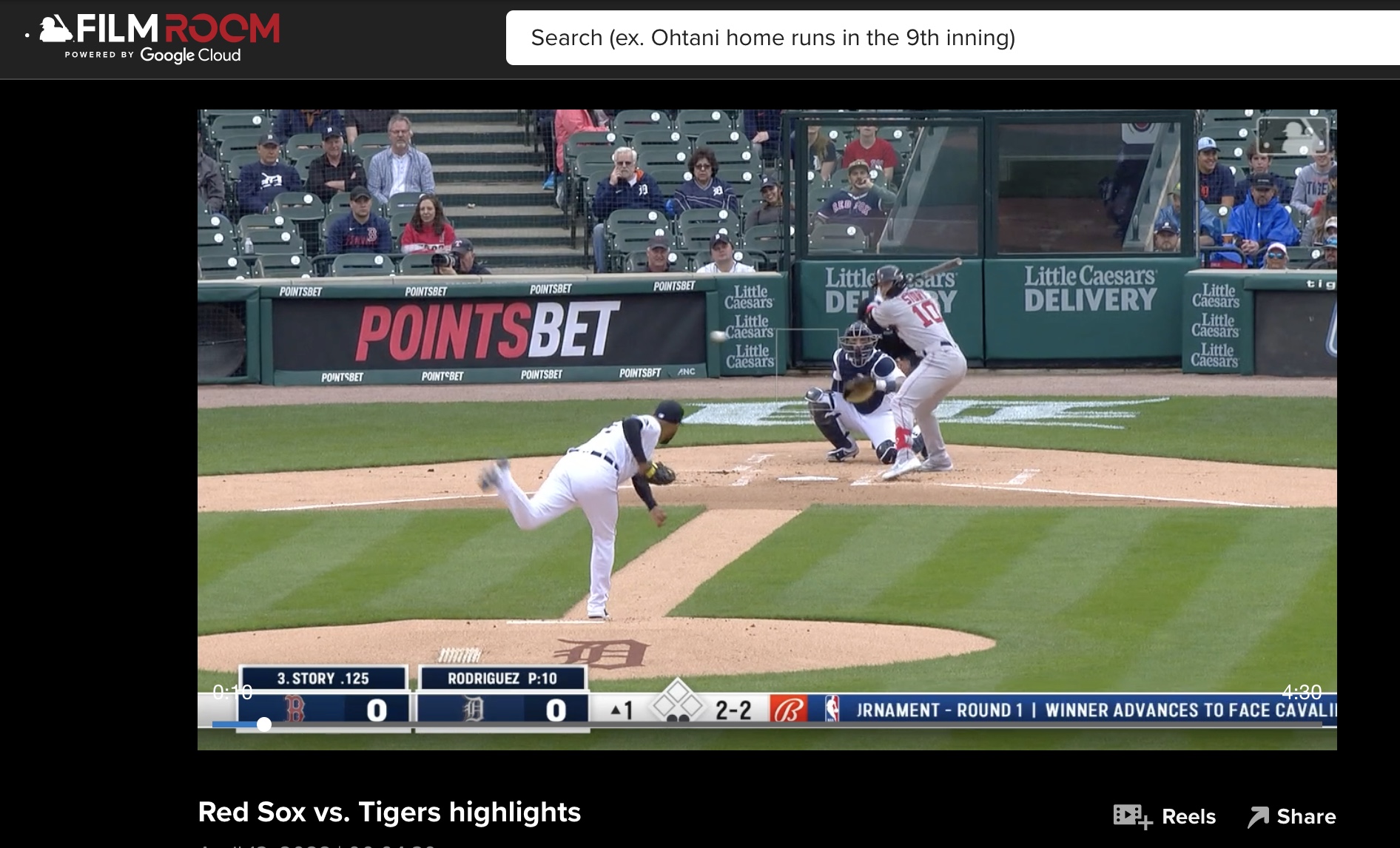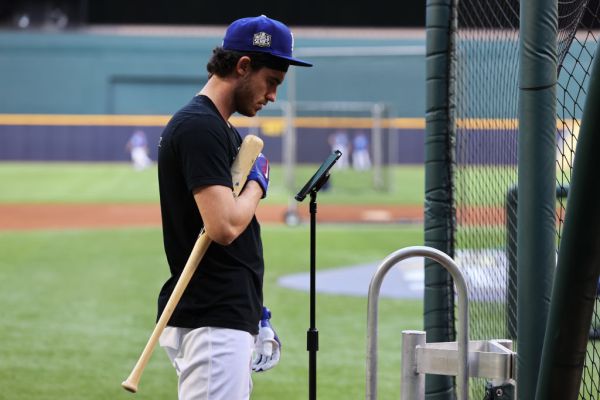Major League Baseball may have started in the 19th century and come of age in the 20th, but it is definitely no stranger to technology, whether it’s the cloud for storing and analyzing troves of data or figuring out how to customize and enhance fans’ experience.
To do all of that, MLB uses a range of technology from customized video search and Statcast for advanced statistics to streaming and mobile apps and games for its fans. The league is already welcoming NFTs and looking at AR and VR as it tries to take advantage of whatever tech is out there that makes sense for baseball.
I spoke to Vasanth Williams, the league’s head of engineering and chief product officer, to get a better sense of the technology being adopted and how it’s used.
Williams said baseball has its fingers in so many tech pies that there’s no such thing as a typical day for him.
“It’s hard to have a typical day, because the breadth of our portfolio products is quite large. But overall, the biggest priority for me is to drive fan engagement — leveraging all the new technologies and the data we have to help not just understand the game itself better or the data that we generate, but also create new and interesting experiences for fans in ways they can better connect to baseball, and also the community at large,” he said.
Williams was hired by MLB after stints at Microsoft, Facebook and Amazon, so he understands Big Tech and said he saw a chance to work in a place that is constantly trying to innovate and take advantage of available technology.
“MLB has a long history of leveraging data and technology, and being an early adopter of a lot of the technologies, which I love doing. I’m happy to join the journey to continue that and push the envelope in sports technology as a whole,” he said.

MLB FilmRoom lets you search for video footage from across baseball. Image Credits: MLB
MLB briefly worked with AWS to build its cloud stack, but it has now gone all-in with Google Cloud. The league is now building a platform for creating applications, which individual teams can also take advantage of.
“One of the things that we’ve done at the league level is to bring all the data into one place to be able to [bring this] to the clubs so that they can leverage BigQuery and all of the Google Cloud technologies we’ve been using,” he said.
Williams told me that moving all the information out of private data centers and into the cloud enables teams to take advantage of the data and access it more easily.
“We created a base platform that all clubs can leverage. That’s one of the things we’ve done in the last few years that is both on the fan side as well as on the baseball data side. We wanted to bring all the data and make that accessible in an easy way. Back in the day, it was all on-premise and in different data centers. We put it all in the cloud and made it much easier for them to query and build analytics on.”
MLB also uses Adobe’s marketing suite for marketing automation to be able to contact fans directly wherever they happen to be. “You know, it’s one thing to bring all the data together, and Google has helped us put that in the cloud. But to be able to reach them at the right place, whether it’s on Facebook or email or anything else, we leverage Adobe’s marketing tools.”
The league isn’t shying away from web3 either and is actively exploring NFTs, with AR and VR also on its radar. Williams said MLB just wants to make sure it makes sense for the game and the fans. “We think about all new technology, whether it’s NFTs, metaverse or augmented reality. We need to continue to experiment and innovate,” he said.
Regardless of the technology, it’s about making it work for baseball fans, Williams said. “For NFTs, how does it work as a collectible for memorabilia purposes? We partnered with Candy Digital for that. In the metaverse space, what will the game look like in virtual reality?”
As an example, he points to a product released last year, FieldVision, which takes all the data collected from the field, where it tracks 18 points on a player at any point in the game. It captures what they do with field-level cameras at 60 frames per second, enabling MLB to recreate the game in 3D wireframes from any angle.
MLB understands that it needs to attract younger fans to the game, and it sees technology as one way to do that, Williams said.
“So we need to play with these various technologies and find the right product-market fit. That will evolve as the fans mature and the Gen Zs become more savvy and have more earning capacity,” he said. “They will evolve, but we have to evolve with them and have the right products.”
As with all the technology the MLB is working with, it wants to be constantly looking ahead, he said. “It’s not like anybody can predict how it’s going to play out. But as a league and as a sport [ … ] we need to think about how we can push the envelope and guide those spaces to where we want the experiences to be for a baseball fan.”
